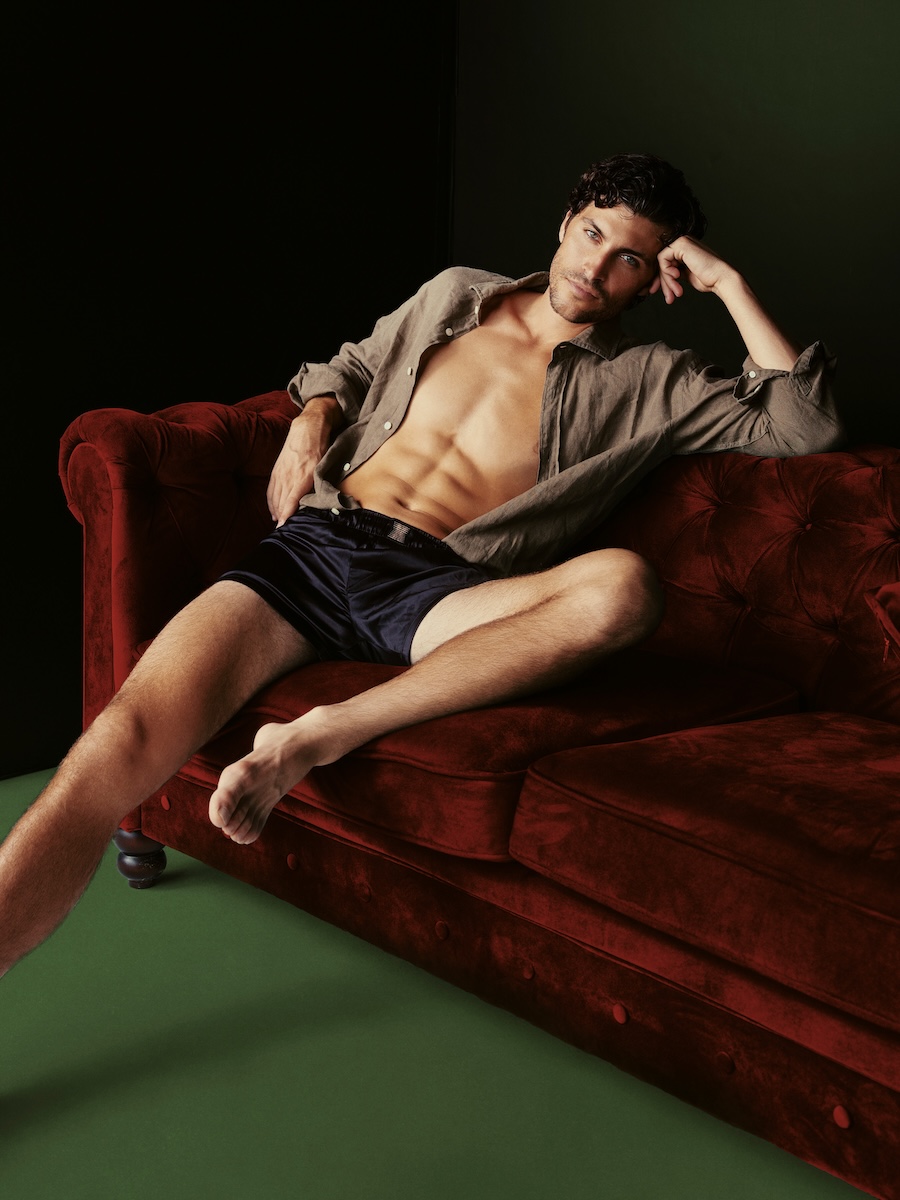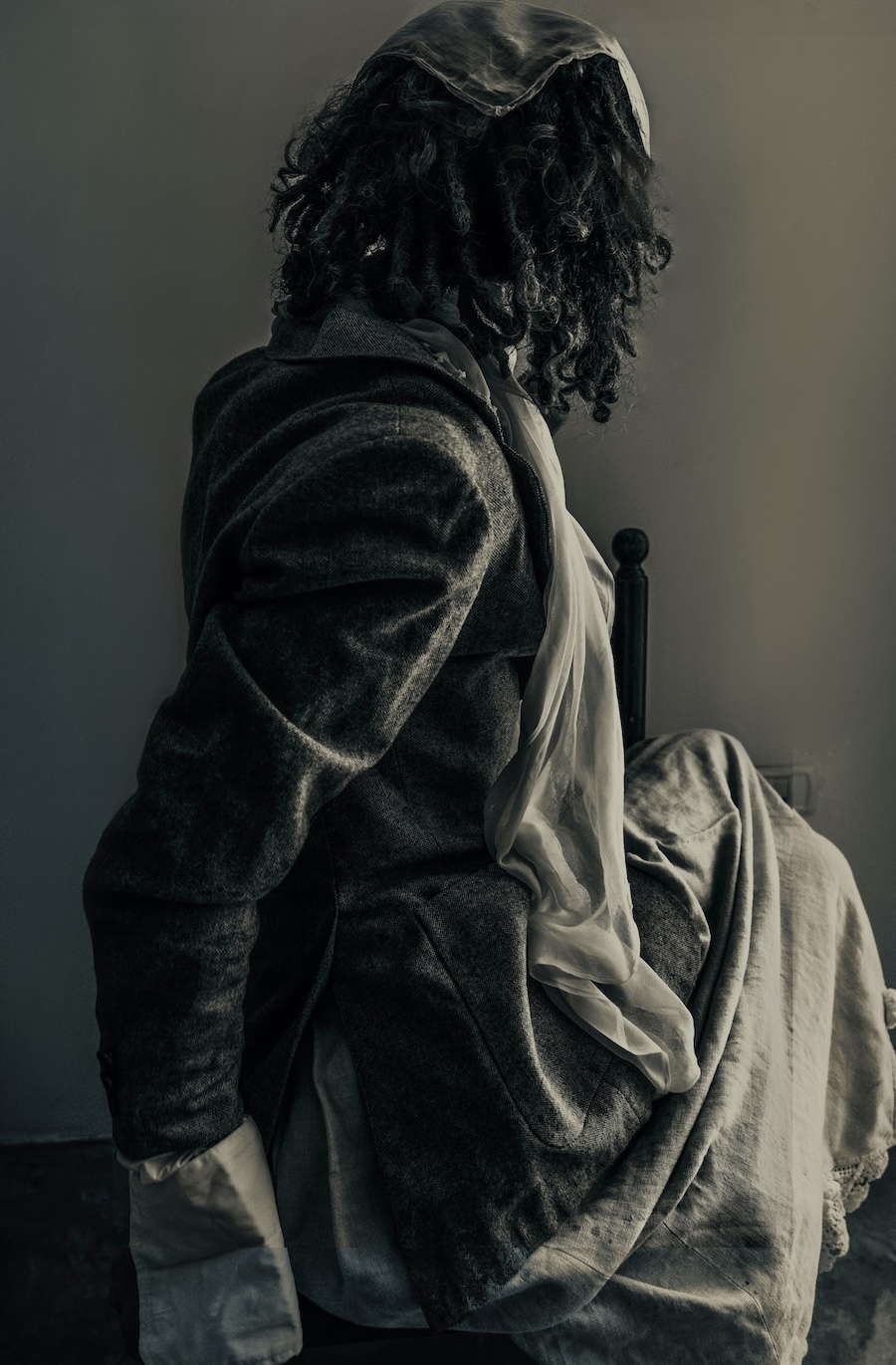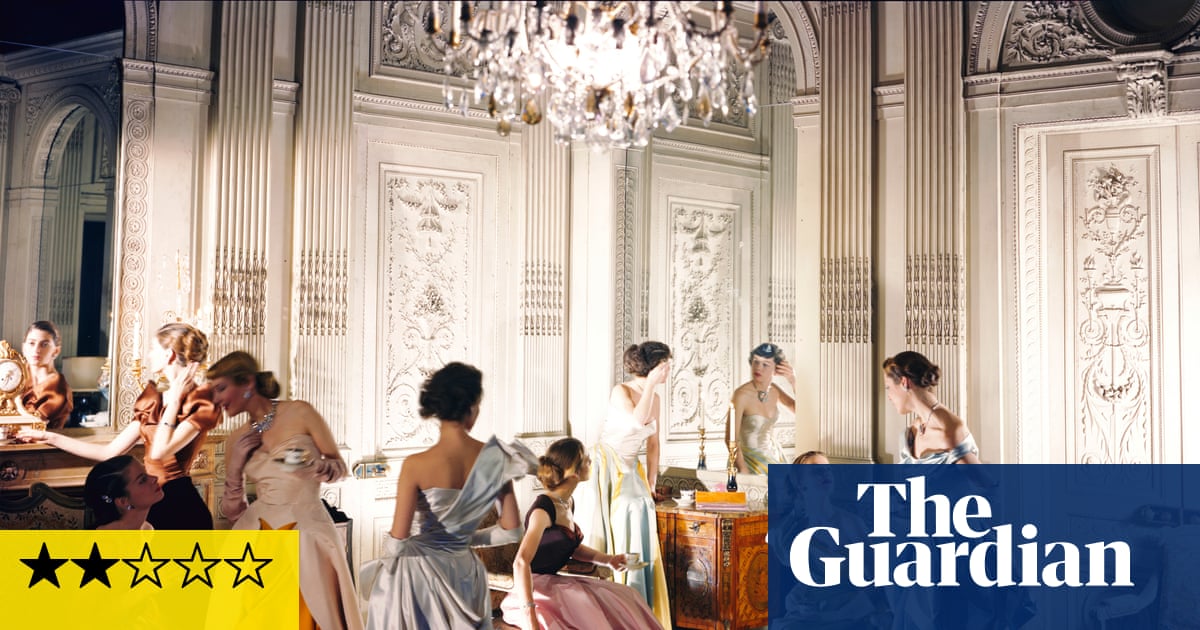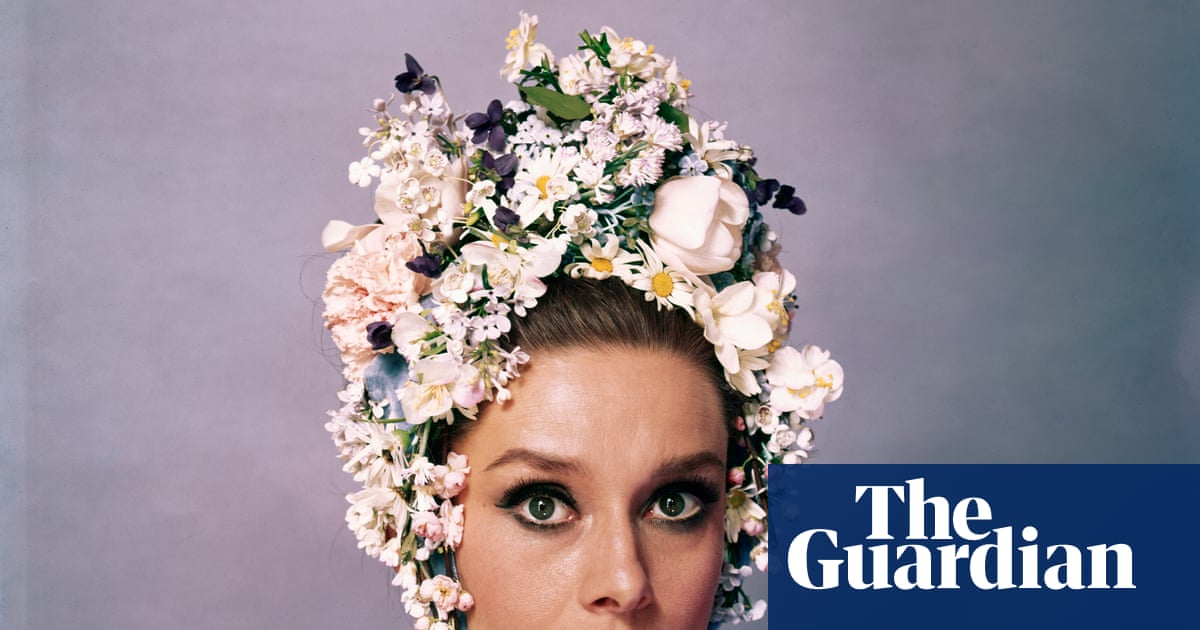fromThe Art Newspaper - International art news and events
2 days agoHolbein biography interrogates the artist's life and work from a different angle
Consider Hans Holbein the Younger's portrait of Henry VIII's fourth wife, Anne of Cleves: an enigmatic look, cast from beneath heavy-lidded eyes; a long nose, the soft breath from which is almost felt; a red velvet gown richly adorned with gold and pearls, set against a blue background made more vivid by its recent restoration. Serving as the cover image for Elizabeth Goldring's biography, it is a painting that conveys much of her subject's continuing
Arts











